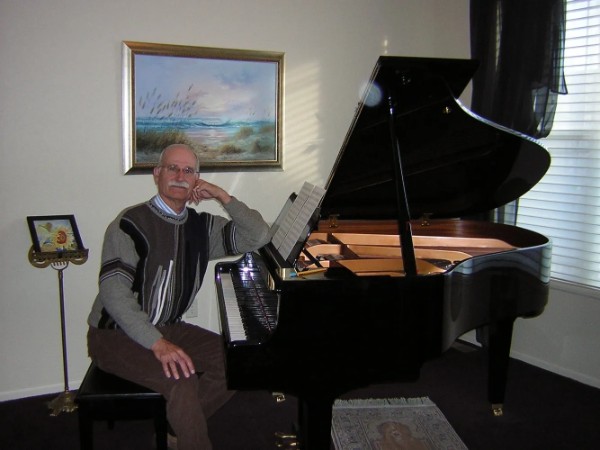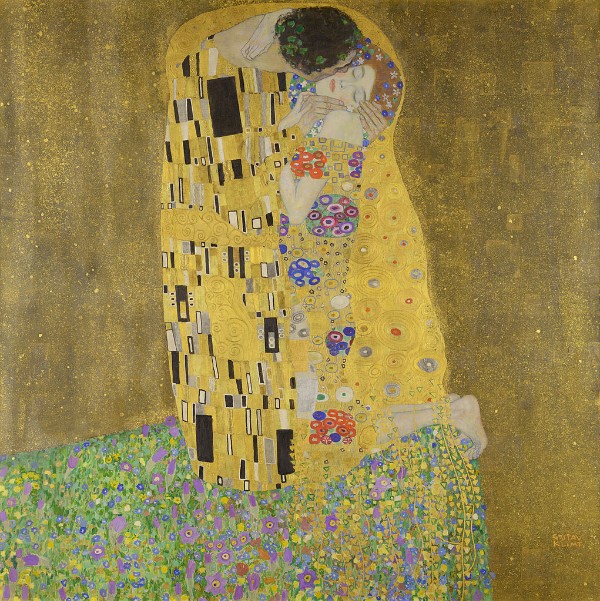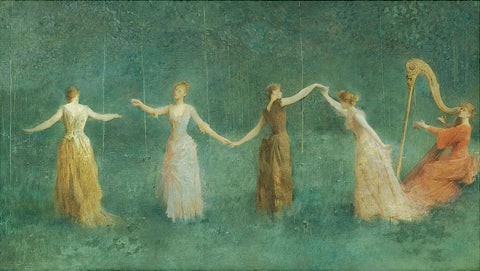Britta Byström: Ink-Wash on Paper
Swedish artist Gunnel Wåhlstrand (b. 1974) creates images of the real world but using only ink. Her technique of ink wash, which uses ink on watercolour paper, an absorbent medium, is created by layering the same details over and over again to get the dark and light shading necessary to convey her image. The paintings come across as sepia photographs but are actually hand-drawn. The ink on the paper is permanent and irreversible – there’s no washing it out of the paper, no correcting any slips of the hand. Because Wåhlstrand is working with ink, any white areas, such as the clouds in Långedrag or the heart of Rose (see below), are where ink is not present.
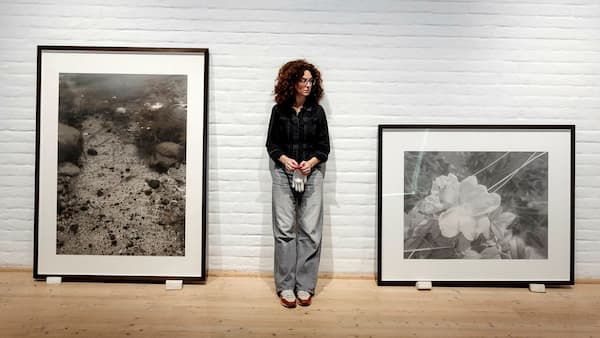
Gunnel Wåhlstrand with Shallow Waters (2020) (left) and Rose (2020) (right)
Swedish composer Britta Byström (b. 1977) studied composition at the Royal University of Music in Stockholm. After graduating in 2001, she wrote in all genres, from chamber music to symphonic music and opera. This recording, Ink-Wash on Paper (OUR Recordings, 9.70870, January 2025), carries the subtitle of A Piece Inspired by Seven Paintings by Gunnel Wåhlstrand and it was the coordination of the composer, the artist, and violinist Malin Broman that brought forth the idea of musical works based on Wåhlstrand’s paintings. The piece is written for 8 musicians (violin, viola, cello, double bass, clarinet, bassoon, horn, and piano/celesta) who realise Wåhlstrand’s and Bystrom’s visions in sound.
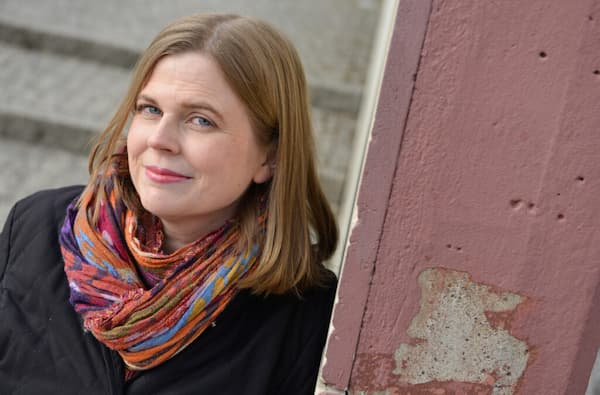
Britta Byström
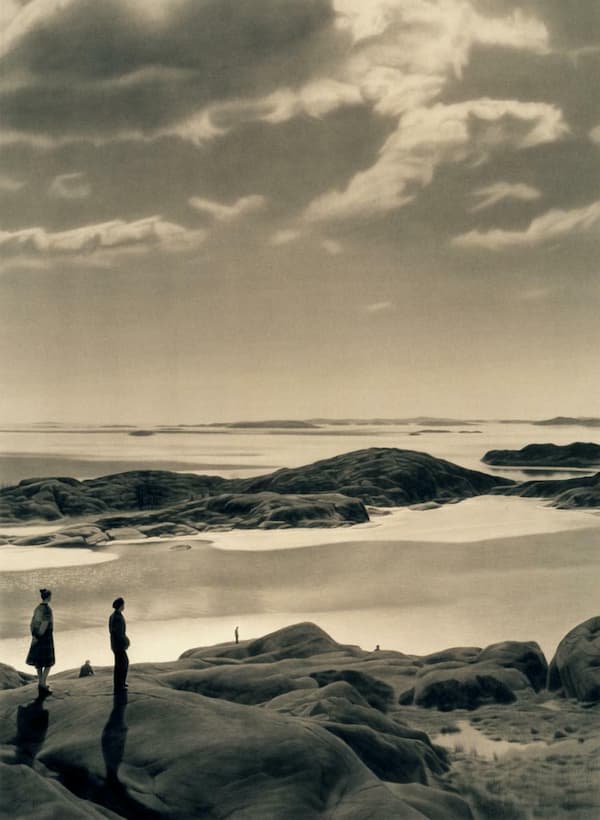
Wåhlstrand: Långedrag, 2004 (Stockholm: Museum for Contemporary Art)
Britta Byström: Ink-Wash on Paper – I. Långedrag (Malin Broman, violin; Eriikka Nylund, viola; Marie Macleod, cello; Rick Stotijn, double bass; Niklas Andersson, guitar; Simon Crawford-Phillips, piano)
Långedrag is a district in Gothenburg, Sweden, that borders the sea.
In Wåhlstrand’s image, figures stand on the rocks of the shore looking out to sea. The near figures cast long shadows, and those down by the water are minimalised. These are large-scale works. This painting is 209 x 157 cm (6’ 10” x 5’ 2”), and the natural elements of the sea and the sky could be overwhelming as you stand close to it.
In her music for this image, Byström emphasises the remoteness, combined with the facelessness of the figures. No one in the ensemble steps forward as an individual; it’s an octet of musicians. As Ink-Wash on Paper progresses, the images become more and more intimate. By the last two pieces, Rose and By the Window, we’re confronted with a closeness we haven’t seen in the previous images. You look deep into the heart of the rose or are the third person in the picture of the boy and girl. You’ve been permitted an intimacy that an image such as Långedrag doesn’t allow.
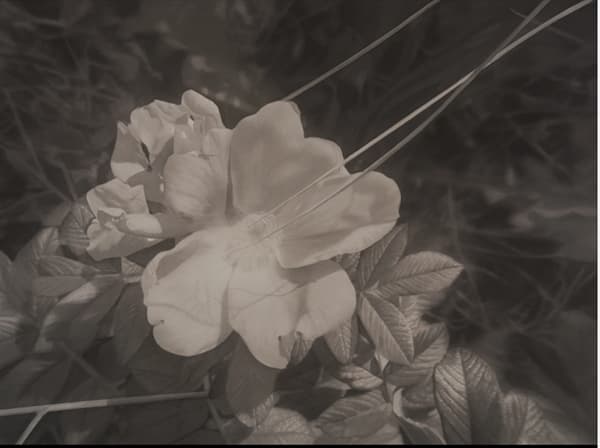
Wåhlstrand: Rose, 2020
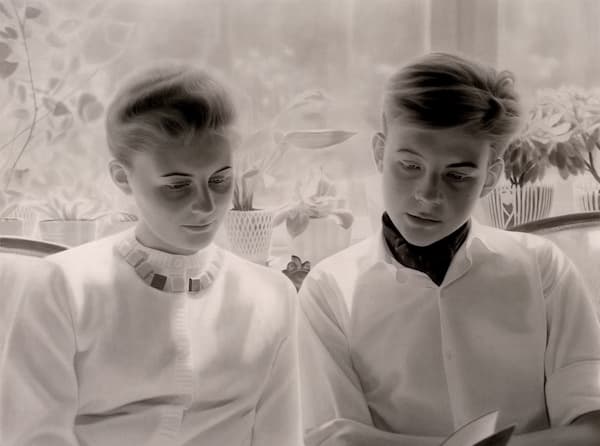
Wåhlstrand: By The Window, 2003 (Michael Storåker’s collection)
In her music, Byström also picks up on this changed relationship. The music is simpler but, at the same time, more individual. It’s a singular line but arranged for octet. Each voice has something to say.
Britta Byström: Ink-Wash on Paper – VII. Rose (Malin Broman, violin; Eriikka Nylund, viola; Marie Macleod, cello; Rick Stotijn, double bass; Niklas Andersson, guitar; Simon Crawford-Phillips, piano)
It’s a unique combination of artist, composer, and ensemble. Byström has worked extensively with violinist Malin Broman and has composed music for her both as a soloist and for ensembles. In addition, the composer has used other artists’ works for inspiration.
In a sense, the artist and the musician are approaching the images from two very different directions. The image is static and captures a moment in time. The music, however, progresses. As the composer said, ‘the images should be still while the music moves’. Once you start making the image move, then the music becomes accompaniment, or, as the composer put it, ‘mere accompaniment’. Each medium has to achieve its own position relative to the other one.
Byström’s eight movements are an unusual way of illustrating unusual art. The photographic quality of Wåhlstrand’s paintings makes us look first at her works as showing reality before we realise that a painting of a photograph always adds another element. Byström’s adds yet another part. Her harmonic vision fills out the images and works two ways: holding the listener at a distance as the painting does or bringing them into the image itself.
For more of the best in classical music, sign up for our E-Newsletter

